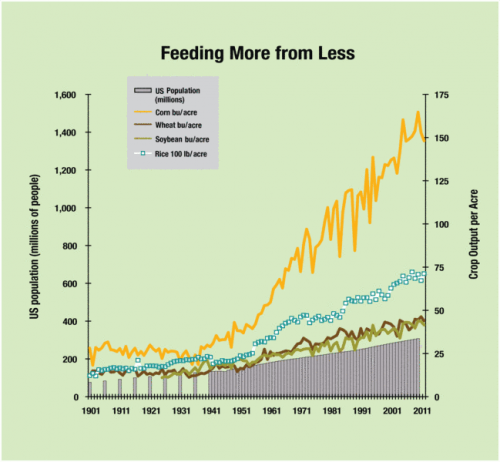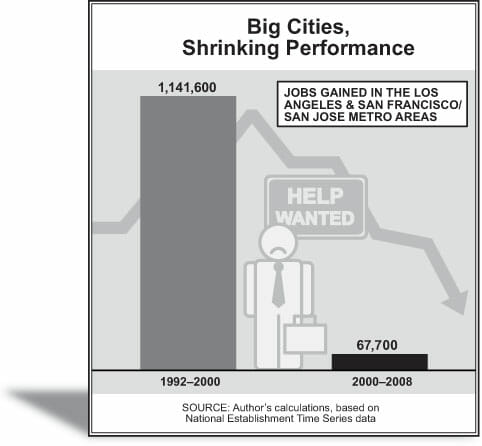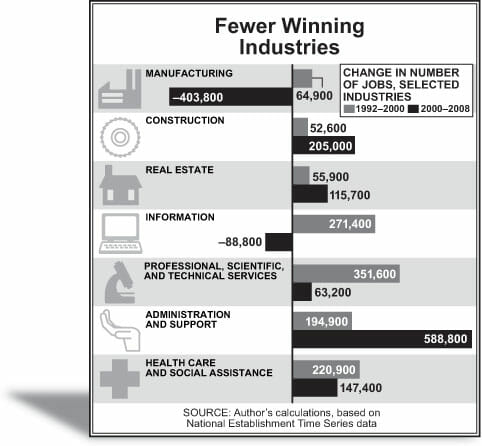From Clive Hamilton
Last month, Americans were shocked at the attempted murder of Arizona Congresswoman Gabrielle Giffords and the killing of six bystanders. The local County Sheriff Clarence Dupnik captured the immediate assessment of many when he linked the attempted murder to the rise of violent anti-government rhetoric and imagery, observing, “The anger, the hatred, the bigotry that goes on in this country is getting to be outrageous.”
When asked if the Congresswoman had any enemies her father replied: “Yeah. The whole Tea Party”. Many, including Giffords herself, had had a premonition that the inflammatory language of radical right-wing activists would sooner or later find real expression.
The same hate-filled rhetoric that created the circumstances in which Gabrielle Giffords was gunned down also stokes ferocious attacks on climate scientists and environmentalists in the United States.
Wow, you know you are in for a load of really stupid crap when someone, at this late date, still is out there blaming the Giffords shooting on political rhetoric. When someone writes this, you can be sure they are about to attempt to shut someone up, most likely someone the author disagrees with.
The author goes on to relate how nearly every climate scientist (up to and including the serially-wrong Paul Ehrlich) is quaking in their house behind locked doors waiting for some crazed skeptic to gun him or her down in their sleep. Look, just about every interest group develops a mythology, and this notion of bravely seeking truth in the face of crazed irrational wackos is part of the internal mythology of many interest groups.
I have no doubt that these guys get nasty comments and abusive emails. But Hamilton is absolutely wrong to imply that climate alarmists are somehow unique in this. He is not describing an unfortunate aspect of the climate debate perpetrated asymmetrically by one side in that debate, but an unfortunate aspect of all politically charged online debates by nearly every side of every issue. Seriously, Hamilton has discovered the Internet troll in 2011? What is next-- agriculture, fire, the wheel?
Welcome to the political arena. Alarmist climate scientists expressly went political a number of years ago. I could put up pages of quotes from climate alarmists like James Hansen urging their brethren that doing scientific research was not enough, that they had to get out there and openly advocate, be a part of the political process. And politics is messy, especially when you are advocating what is in effect the most expensive single government program every proposed. You can't be political when you are on the attack, and then claim you are a scientist immune from political debate when there is a response.
I am but a second-rate player in the climate debate at my site climate-skeptic.com. I am not going to be one of the names of skeptics most alarmists would rattle off. And none-the-less I get threatening emails about my climate positions. In fact one of the reasons I am pretty sure bad behavior on the Internet crosses all political lines is that my top two threatening and irrational email sources are from anti-immigration conservatives and climate alarmists on the left. But I grew up in a household where my parents worked for a major oil company. Every time oil prices would rise, some crazed leftist would send us death threats, and several of our friends actually got letter bombs. So its hard for me to wet my pants over a few anonymous threatening emails with poor grammar. And unlike Mr. Hamilton, I don't attempt to tar the many people who disagree with me with the actions of a loony few.
I am sorry for folks on both sides who get such crazed threats. But what Mr. Hamilton wants is to not have to deal with the specific arguments made by skeptics. This is the whole history of the climate debate, with alarmists trying one technique after another to avoid engagement. Skeptics are funded by Exxon -- Don't listen to them, they are just shills! The science is settled -- No need for debate! Skeptics are violent and helped kill Gabriella Giffords -- everything they say is hate speech and must be ignored!
Oh, and here is one more parting shot in his last paragraph
Like those whose opinions they value — shock jocks and television demagogues — climate deniers are disproportionately older, white, male and conservative — those who feel their cultural identity most threatened by the implications of climate change. While the debate is superficially about the science, in truth it is about deep-rooted feelings of cultural identity. This makes deniers immune to argument, and their influence will wane only as they grow old and die.
LOL, its all white male suppression! I don't even have the energy to deal with this, except to repeat the obvious: Capping white male American fossil fuel use at 1990 levels would be costly and reduce economic growth, but could be done. Capping Indian or Chinese or African fossil fuel use at 1990 levels basically sends them back to the stone age. So don't tell me who is shilling for the arrogant white male perspective.
Anyway, his last paragraph is a fantasy, a part of the internal alarmist mythology that gives them a smug feeling of superiority, that skeptics are all crude evolution-denying anti-science old cranks. And, frankly, some are. Just as some alarmists are human-hating totalitarian neo-communists. To some extent, Hamilton's article is an exercise in self-esteem building among alarmists, making them feel better about themselves by supposed superiority to the incivility he enumerates. Fine as far as it goes, all groups engage in the same kind of behavior. But there is a lot of thoughtful work that goes on in the skeptic community that in a non-broken scientific process would be considered productive challenges and/or replications of various studies. To the extent he is trying to hide this work from view and shut up skeptics in general, tarring those of use who are science-based with actions of the fringe, he is doing a severe disservice to the science he is supposedly defending.



